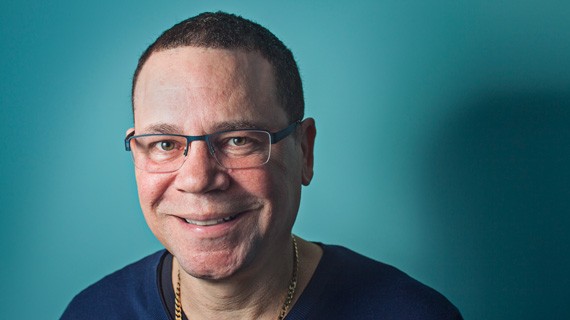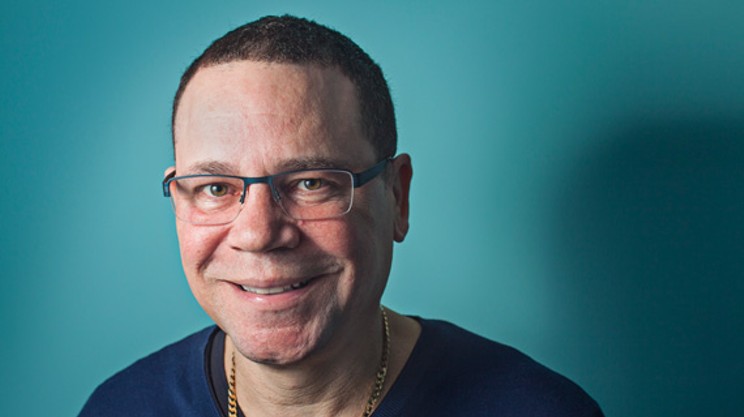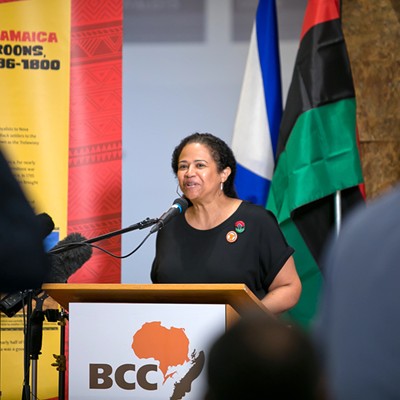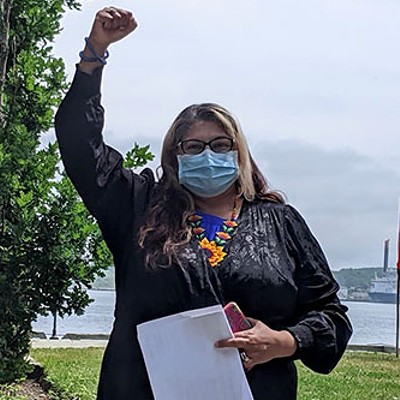
The restorative model of the long-sought public inquiry into decades of abuse at the Nova Scotia Home for Colored Children is designed to answer questions about what went wrong and help with healing for Tony Smith and others who lived at the home.
The Coast: What are you hoping to get out of the inquiry?
Tony Smith: “What I’m personally looking for is the truth—to find out the truth, and for people to have the opportunity to tell their stories. I’m looking at what can we learn from this experience, why did the Home come to light in the first place—and it’s around systemic discrimination and institutional racism that’s ingrained in Nova Scotia. So, through the lens of the abuse, we’re hoping to look at how the other systems, and governments and agencies had failed us, because of racism.”
How does a restorative inquiry address accountability?
“It’s not an investigation to look at laying charges. However, when certain information comes out, that’s not to say that the police may want to look at getting involved. This is an opportunity for the victims to come and tell their stories in [a setting] that’s comfortable for them. And by doing that, that really starts the healing process for them. We’ll also be making [government agency] changes in real time as this inquiry moves along. We’re going to build relationships, as we’re going through this process, with the institutions involved.”
Not all of the proceedings will be done in public. Why is that?
“You’re looking at a lot of [the Home’s] former residents that are coming forward, and you don’t want it to be that they have to say this in front of the public and in front of cameras. It’s going to be very uncomfortable for them to say it, period. So they’ll have their opportunities if they want to say it in private, if they want to say it before a group, in confidence or if they want to say it in public. It will be their choice.”
You and other survivors experienced traumatic events during your time there as a kid. How did you get through that?
“For me, I learned at a very young age that whatever was going on was wrong. I was conditioned to know that I didn’t matter—I had very low self-esteem—and whatever was being done, I had no choice. But as an individual, and as a kid, and as a young man growing up, I said that once I get older, nobody’s going to do this here to me. That’s my way of trying to deal with it and cope with it.”
Historical trauma can affect succeeding generations—we’ve seen this with the offspring of Holocaust survivors. Has fallout from abuse at the Home hit the sons and daughters of former residents, too?
“It most definitely happened in this case, but I didn’t realize how far-reaching it is. To this very day, no matter where I go, somebody from the black community has been affected by the issue with the Colored Home. And more people are coming out and speaking about their relatives—people are sharing their [family experiences].”
Interview conducted and edited
by Michael Lightstone
















